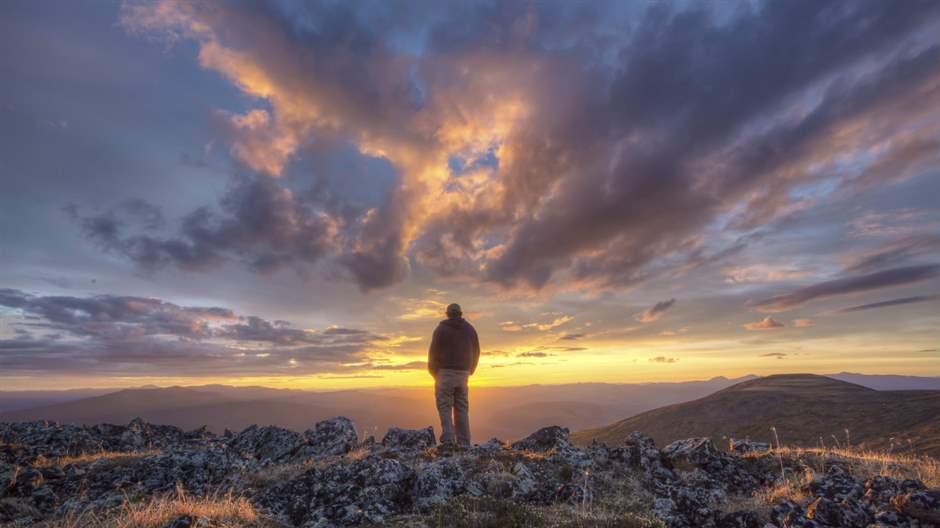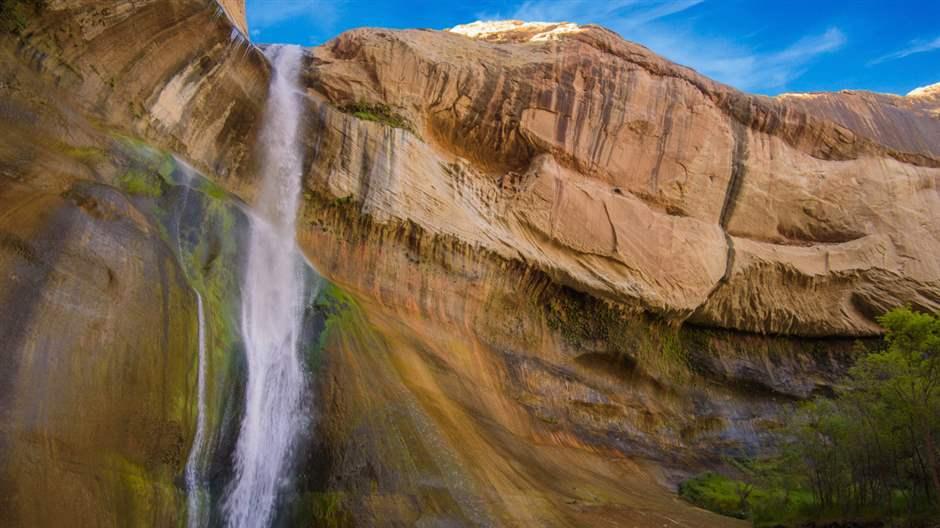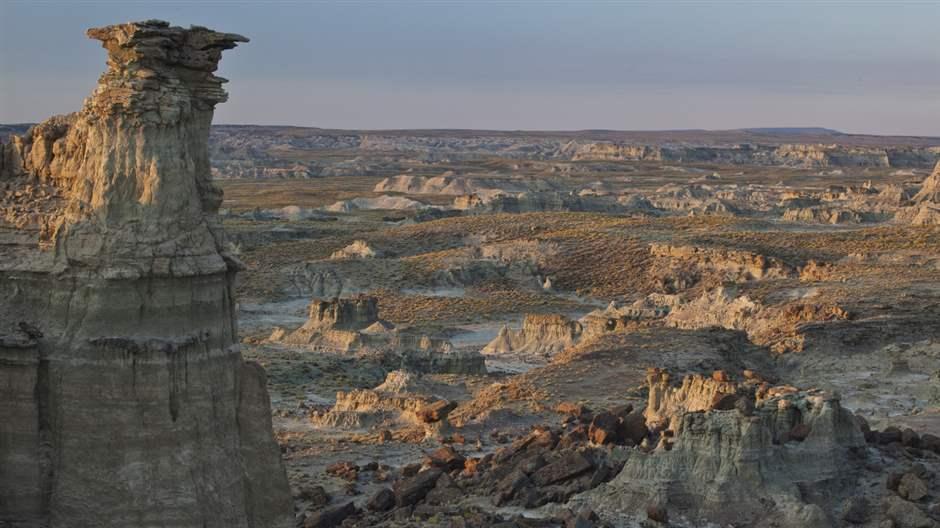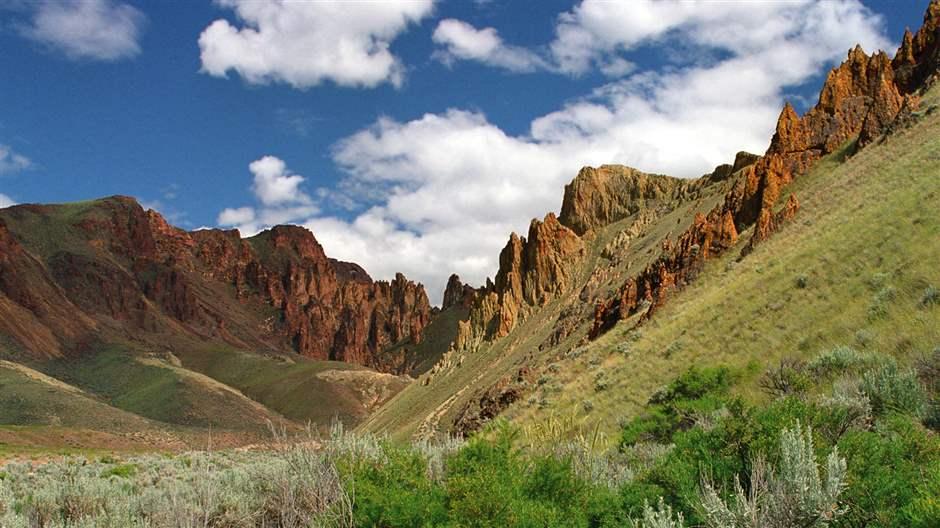At 75, Bureau of Land Management Should Increase Focus on Conservation
Agency that oversees 250 million acres must honor science—and shifting priorities across the West

From the vast sagebrush sea of the West and red rock of the Colorado Plateau to the traditional homelands of tribes across more than a dozen states and vibrant deserts of the Southwest, the Bureau of Land Management (BLM) stewards approximately 250 million acres of American landscapes. The agency is required to manage these spaces for a range of uses and purposes, but recently one of the BLM’s critical roles—to help conserve public lands—has taken a back seat to policies that are doing more harm than good. In fact, today less than 20% of BLM lands are managed to protect important wildlife habitat, clean drinking water, and recreational opportunities.
Now, as the agency marks the 75th anniversary of its founding this month—tagline: Reimagine Your Public Lands—the BLM has a golden opportunity to shift the balance toward safeguarding sensitive and vulnerable areas and managing other places, with a priority on outdoor public recreation.
Western public lands are compelling in their own right. They are homelands to Indigenous peoples, provide vital habitat to iconic wildlife—including important wildlife migration corridors—play a key role in climate resilience, and offer people chances to find solitude in an increasingly urbanized West. It was many of these features that prompted the author Wallace Stegner to summarize the American West as the “geography of hope.” These benefits—and the threats to them—are also why an increasing number of Western-state voters support ambitious conservation measures.
The BLM, under the Federal Land Policy and Management Act (FLPMA) of 1976, allows for multiple use and sustained yield of resources on these acres—a complicated equation that provides for both conservation and development. For much of its first 75 years, both before and after the passage of FLPMA, the agency prioritized natural resource extraction, including oil, gas, and hard rock mining, over conservation. It wasn’t until two decades after FLPMA passed that the BLM began to focus on the conservation elements of this multiple-use mandate.
Under the last presidential administration, however, the agency backslid, promoting what it termed an “energy dominance” agenda, which led to a pronounced focus on the leasing of oil and gas reserves without consideration of potential conservation and climate impacts. Through its political appointees to the BLM, the administration worked to remove existing protections and to stymie the agency’s ability to conserve public lands in the future. For example, in plans drafted between 2017 and 2020, the BLM sought to:
- eliminate 94% of areas of critical environmental concern (ACECs)—places that BLM scientists believe merit special management because of features such as historic, cultural, scenic, or other remarkable value—created in earlier planning efforts;
- protect just 2% of the lands that met the ACEC relevance and importance criteria;
- conserve just .0001% of agency-identified lands with wilderness characteristics acreage; and
- safeguard as wild and scenic only 6% of the rivers eligible for that designation.
Today, the Biden administration has an opportunity to complete land-use plans— currently undergoing review—for 100 million acres of BLM lands, including the wildlife-rich areas of western Wyoming, the traditional homelands of Indigenous peoples across central Alaska, and Oregon’s portion of the expansive sagebrush sea, which extends throughout much of the interior West.
Completing long overdue plans is just the first part of a reimagination for the BLM. The Biden administration must promulgate regulations for ACECs—a conservation designation created under FLPMA that the agency has significantly underutilized. Further, to ensure a balance in how public lands are managed and used, the BLM should provide solid protections for wilderness-suitable lands and deepen its work on wildlife migration corridors, backcountry conservation areas, and wild and scenic river protection.
The agency has been slow to update policies and protocols to ensure that equity and inclusion are a part of its regional planning processes; in particular, to ensure that tribes are made full partners in land management planning. This work is important, and the agency has a lot of room for progress in this space. The ever-growing body of scientific evidence on climate resilience, wildlife migration corridors, and species conservation—along with rising public support for conservation—should serve as ample motivation for the BLM to act.
Ken Rait is a project director with The Pew Charitable Trusts’ U.S. public lands and rivers conservation project.












